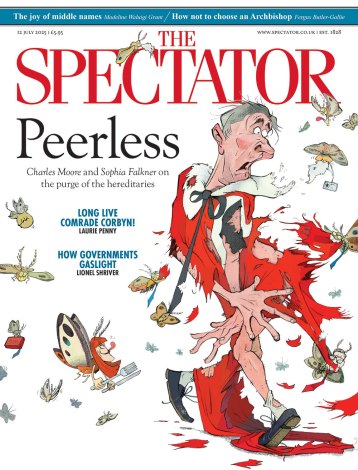One of the most persistent and tiresome misunderstandings about how sacred music was performed in the past is that boys’ voices were always involved. In any number of places this was simply not true: male voices, yes, always; children’s voices, not at all necessarily. The country where boys seemed to have been used most standardly was England, which, typically, has encouraged us to assume that everywhere else was or should have been modelled on what we were doing. We have no licence to rush around the world insisting that Church music without boys is a debased currency.
There is a study waiting to be written about this — I am not going to do it — during which the author will have fun detailing what went on in the Sistine Chapel in the 16th and 17th centuries. I don’t know when boys were first introduced there as choristers; I guess it was in the 19th century; but whenever it was they have been a byword for low standards. What is certain is that all the wonderful polyphony by Palestrina and his school was sung by male sopranos (a necessary tautology: ‘soprano’ is a masculine noun) who were adult. Since Palestrina’s top parts are not low this begs a number of intriguing questions about what sort of voices these men had. And the mystery becomes especially exciting when one addresses oneself to the problem of who (or what) sang the solo part in Allegri’s Miserere.
This most recorded of all pieces of unaccompanied Church music has spawned a cottage industry of breathless storytelling and myth-making. The one about Mozart going to hear it (twice) as a 12-year-old and writing it out from memory is true as far as it goes; as is the fact that the papacy thought they were on to something special and didn’t want anyone else to have it. The area of real uncertainty is the embellishments, without which the music would be held by every modern audience to be like a bird of paradise without any plumage. In today’s performances the soloist always soars to a top C, sung either by a woman (in the professional choir world — the Tallis Scholars have this week released their third and most spectacular reading of it) or by a boy (in the cathedral choir world, as sung on Ash Wednesday the length and breadth of the country). Two things are certain about the performances Allegri would have heard: it is most unlikely that the embellishments would ever have reached up to a high C; and they would not have been sung by a boy (or, needless to say, a woman).
One can be sure of this because, in the absence of children, the adult men who sang the top line would not normally have been able to sing as high as a C. Exactly what type of voices these people did have has remained largely undocumented. Did they sing falsetto? If not, was the music transposed down so that what in effect were very high tenors could manage the parts? Or were they castrati? Whichever of these applies, even the last option, there is little evidence that very high notes were anyone’s bag.
Falsetto is unlikely. When Alfred Deller first sang internationally in the Fifties and Sixties his audiences abroad were surprised and usually shocked at what they were hearing. They had never come across such an instrument and readily assumed the worst. High tenors singing occasionally in head voice at the top of the range are a more likely option, but not nearly as high as a C. Which leaves the real capons in the woodpile: the castrati. Two assumptions are made about this voice: that people had been castrated since time immemorial for all manner of useful purposes, one of which was singing; and that the whole object of the exercise was to ensure that an adult could sing high. Neither is particularly helpful. The first time eunuchs were employed as professional singers seems to have been in Spain, a dirty habit which was only picked up in Rome in the 17th century. This means that the Allegri could have been sung by a castrato from the beginning, since it is an early 17th-century composition; yet many of the descriptions of castrato singing make it clear that, although these voices could be dazzlingly agile and piercing in tone, sheer height was not one of their characteristics. It was customary for castrated voices to settle lower than a boy’s voice would normally be.
We can be certain Mozart didn’t hear a top C, which was an invention of a later period, an embellishment like so many before it. It seems that this C was not born without some pain: Mendelssohn also went to hear the piece in the early 19th century and reported that the performance sank a minor third, presumably because the singers on the top part couldn’t get the notes, whether top C or lower.
And there the matter rests: Allegri would not recognise most of the notes we sing in ‘his’ Miserere these days, nor would he be familiar with the voice-types we sing them with. The very definition of inauthenticity? Maybe; but we have made something of this remarkable music for ourselves. I hold that to be nine-tenths of the law.





Comments